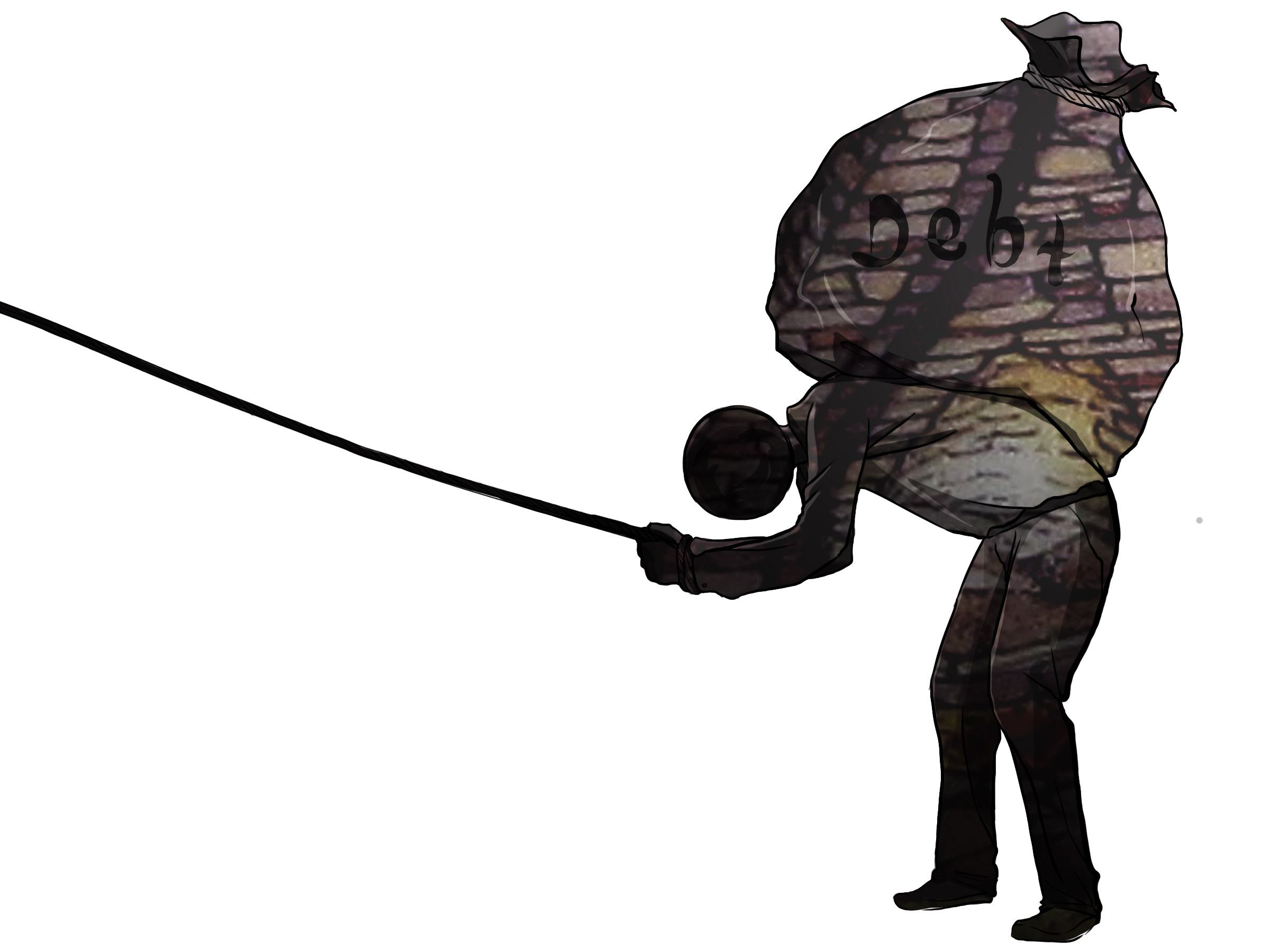There are thousands of brick kilns in India and Pakistan. Every day, thick plumes of smoke rise from their clay chimneys and float into the sky. Inside, thousands of children are among those who churn out the building blocks of both nations. Forced labour through debt bondage has brought this fate upon these children, and like millions of others around the world, from China to Myanmar to Congo, they are trapped in a system of modern-day slavery.
Pakistan and India are no strangers to bonded labour: various sectors of their economies, such as agriculture, carpet-weaving, mining, tanning, handicraft and glass bangle production, as well as domestic work, are predicated upon it. The Global Slavery Index estimates 14 million enslaved people in India and 2.1 million in Pakistan; along with China, they are the three countries in the world with the highest number of people enslaved.
In Pakistan, specifically in the Punjab and Sindh provinces, over half of the country’s bonded labourers currently find themselves labouring in brick kilns. As journalist Haroon Janjua has highlighted, many are held against a debt and end up living permanently on the kiln. Anti-Slavery International defines bonded labour as a situation where a person’s labour is demanded in the repayment of a loan. Such a person is trapped into a situation where they earn very little or no pay, resulting in an indefinite time of forced labour and often in the passing on of debt to the next generation. Many are children, often sold or loaned by families facing extreme poverty.
Bonded labourers at brick kilns can spend up to 14 hours per day working with dangerous machinery and transporting heavy bricks, surrounded by toxic smoke and the intense heat of the endless burning of coal used to fuel the kilns. Labourers are commonly subjected to violence, sexual harassment, and torture by overseers. Overall, the scenes at brick kilns in India and Pakistan placed side by side with, say, a 19th century Caribbean rice or sugar plantation yield a striking resemblance as similar working conditions and power dynamics play out. Kiln owners essentially control the lives of labourers through violence, rendering escape difficult, if not impossible.
Bonded labourers at brick kilns can spend up to 14 hours per day working with dangerous machinery and transporting heavy bricks, surrounded by toxic smoke and intense heat.
The large presence of children in slavery in South Asia is not a new phenomenon. Historian Richard B. Allen estimates that in the 18th and 19th centuries, 20 to 35 per cent of enslaved people on ships sailing from ports around the Indian Ocean, such as those in Madagascar, Southeast Asia, and East Africa, were children. Moreover, in Children in Slavery Through the Ages, historian Fred Morton explains that a third of children in the 19th century East African slave trade were sold by families in debt, mainly with the death or the absence of parents necessitating the sale.
In plantation-era slavery, however, children did not play the same role as they do in kiln sets in modern South Asia. Throughout circum-Atlantic slavery, children were always widely sought by the planter elite, mainly due to the low life expectancy of enslaved adults and the ease with which children could be controlled. Despite this, they were not as heavily relied on for labour as they are in modern South Asian brick kilns. Today, a quarter of all kiln workers in Pakistan are children, while in India, four-year-olds have been found smashing coal for the kiln fires.
Moreover, unlike in traditional institutions of slavery, the practice of bonded labour, though prevalent, is not currently sanctioned by law. In fact, both India and Pakistan abolished bonded labour through legislative statutes in 1976 and 1992 respectively, and the constitutions of both countries explicitly prohibit forced labour; article 11 of the constitution of Pakistan further asserts that “slavery is non-existent.” In contrast, under chattel slavery regimes such as Ancient Rome or the U.S., the law designated slaves as personal movable property and viewed enslaved women as continual producers of enslaved children through the Roman legal principle of partus sequitur ventrem (“the offspring follows the womb”). Slave status followed the mother and thus defined the child before the child even existed.
As scholar A.B. Maity explains, forced labour in India is a relic of colonialism and feudalism, rooted in the power wielded by landlords over peasants under conditions of land scarcity and only worsened by colonial relations. The system of bonded labour has endured, expanding to other areas, and is sustained today in part by a neoliberal economic policy, introduced in India in 1991 under pressure from the World Bank and International Monetary Fund. By funneling benefits from economic development to a narrow class, neoliberalism has perpetuated poverty while heavily relying on cheap labour. The brick kiln industry in particular has grown in importance due to ongoing rapid urbanization.
Though existing under different social and legal conditions, the institution of slavery remains alive today. Far from being confined to the past, slavery continues to be a reality for millions around the world.
Shadows of Slavery is a column that seeks to remember the history of slavery in the Americas and to examine how this history manifests itself today. Nadir Khan can be reached at shadowsofslavery@mcgilldaily.com.
